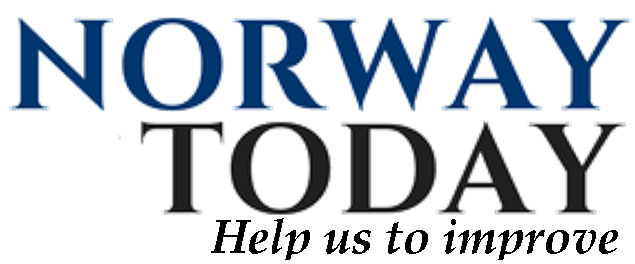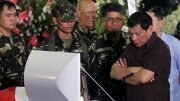Russia confirms radioactivity on military base near the border
Russia confirms that the radioactivity was up to 16 times higher than normal after an accident at a naval base about 700 kilometres from the Norwegian border.
The accident happened at a military base not far away from Arkhangelsk on Thursday. Arkhangelsk is located at the White Sea – about 700 km from the border with Norway. This is shorter than the distance from Kirkenes to Mo in Rana in Norway.
“There is no danger to people or the environment here in Norway,” Astrid Liland, Head of Emergency of the Radiation Protection and Nuclear Safety Directorate (DSA), Astrid Liland tells NTB
The Directorate has initiated advanced measurements after the accident. No heightened levels have, however, been registered in Norway so far.
Higher levels
Five persons from the Russian nuclear energy agency, Rosatom, died in the accident. the accident occurred under testing of a rocket engine containing radioactive substances. Three others were injured.
Radioactive radiation rose between 4 and 16 times above normal levels at six of Severodvinsk’s eight measurement points Roshydromet confirms, according to DPA. Roshydromet is shorthand for Russia’s Federal Environmental Monitoring Centre.
Not dangerous to the health
Liland explains that Russian authorities have previously stated that the radiation level may have been up to 20 times higher than normal.
“This was, however, a very short-lived increase. It lasted for about half an hour. Then the level dropped to normal background radiation, to our understanding,” she explains.
The Directorate has been inside and retrieved data from measuring stations in the Arkhangelsk region after the accident. These only show normal daily values for the radiation level. It has not been possible to find any traces from the accident in those.
“Although the radiation levels were up to 20 times higher than normal for a short period, this is still 50 times less than the level believed necessary to be harmful to human health. Even though there was a significant increase, it has not been detrimental to the health of those who live there,” Liland concludes.
The Directorate continues its extended measurements. Information will be provided if they should detect traces of radioactive particles in Norway as a result of the accident.
Russian state commission is investigating
The accident happened while testing a new type of rocket engine on Thursday last week.
The Russian Ministry of Defence ensures that no radioactive substances were released. Local authorities in the town of Severodvinsk, near the naval base, state, on the other hand, that increased radiation was measured for a short period after the accident, according to the French news agency AFP.
A Russian state commission is investigating what went wrong.
It is unknown what kind of rocket the scientists were developing. US experts, and Russian media, both believe it may well be the nuclear-powered cruise missile «Burevestnik».
Learning a lot, but the US has better
President Donald J. Trump, true to style, stated that the United States is learning a lot from the accident on Monday.
“The United States is learning a lot from the rocket explosion in Russia. We have similar, but more advanced technology,” he boasted.
The statement was quickly rebuffed by Joe Cirincione. Cirincione is a US nuclear weapons expert.
“That is weird. We have no program for nuclear-powered cruise missiles,” he refuted.
“We tried in the 1960s, but it was madness, too difficult, too malicious even in the crazy cold war years,” he elaborated.
Related articles
Russia loses nuclear powered missile in Barents Sea
60th Anniversary of the Antarctic Treaty
Another Russian shooting exercise outside Lofoten










